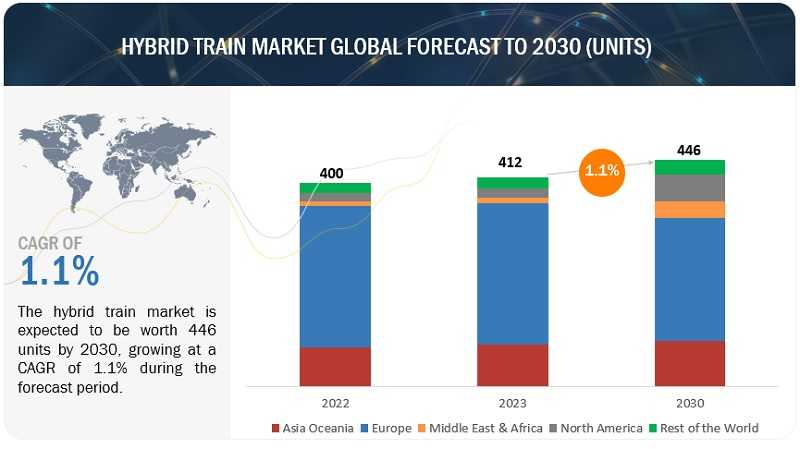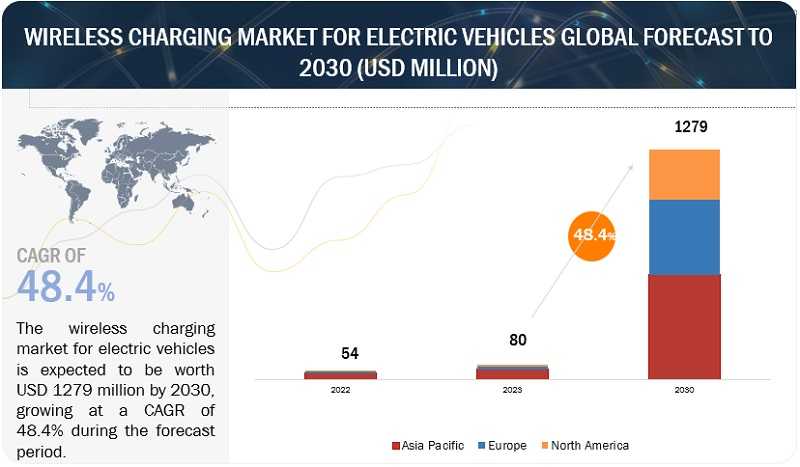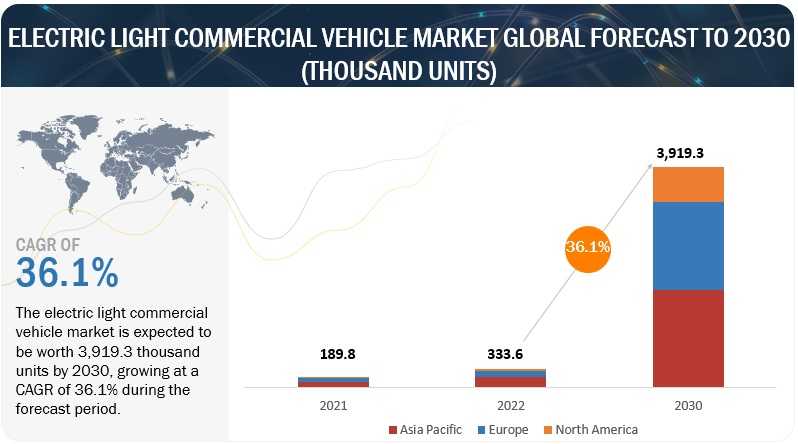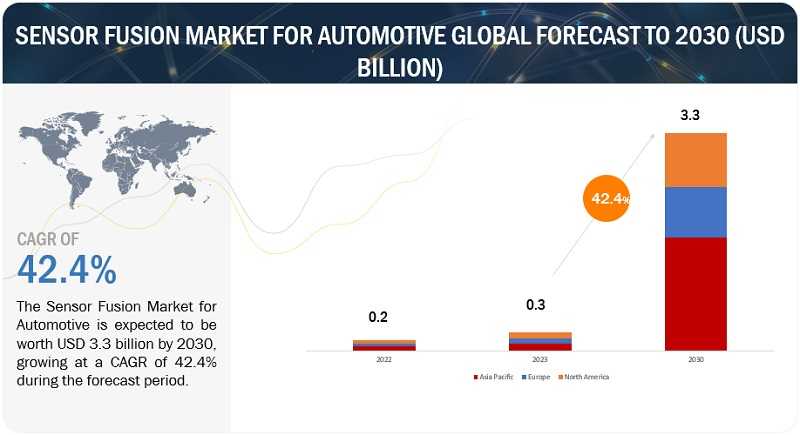Hybrid Train Market Key Leaders Analysis, Segmentation, Growth, Future Trends, Demands, Emerging Technology by Regional Forecast to 2030
The global hybrid train market is projected to grow from 412 units in 2023 to 446 units by 2030, registering a CAGR of 1.1%.
The demand for hybrid trains is surging worldwide, driven by a convergence of critical factors. In an era characterized by increasing urbanization, heightened environmental consciousness, and a growing emphasis on energy efficiency, hybrid trains have emerged as a transformative solution for the modern rail transportation landscape. Additionally, government authorities' support and regulations favoring eco-friendly transportation are playing a pivotal role in driving the growth of the hybrid train market. Moreover, the integration of cutting-edge technologies, such as autonomous train systems and the use of fuel cells for heavy load transportation, is further elevating the market's appeal. As cities expand and environmental concerns intensify, hybrid trains are rapidly becoming the cornerstone of a cleaner, more efficient, and sustainable future for rail travel.
“Hybrid trains with less than 2000 kW service power is expected to grow at the fastest rate during the forecast period.”
Hybrid trains with less than 2000 kW service power is expected to grow at the fastest rate during the forecast period. Many hybrid trains in this power range are designed for urban and commuter rail systems. These trains typically operate on shorter routes within city limits or suburban areas. The lower service power is sufficient for these applications, where high-speed or long-distance travel is not a primary requirement. Urban rail networks often have electrified tracks within city limits. Trains with lower service power can efficiently operate on these electrified sections, reducing energy costs and emissions. These trains are typically used for shorter commuter routes, such as subway, light rail, or regional rail services, where the distance between stops is relatively short. These systems often require trains with lower service power to navigate the relatively short distances between stops in urban environments. Hybrid trains in this power range are well-suited for these applications. Trains with lower service power can efficiently utilize the electrified sections, reducing energy costs and emissions while operating in urban areas. For instance, Vossloh is developing a hybrid shunting locomotive called the HybridShunter with a service power rating of 500 kW. Alstom is developing a hybrid tram called the Citadis Eco2 with a service power rating of 400 kW. Such development will drive the market growth in the forecast period.
Download PDF Brochure @ https://www.marketsandmarkets.....com/pdfdownloadNew.a
Hybrid Train Market, Hybrid Trains, Green Rail Technology, Sustainable Rail Transport, Hybrid Train Innovations, Hybrid Locomotives, Hybrid Train Market Growth, Railway Sustainability, Hybrid Train Trends, Hybrid Rail Technology, Future of Hybrid Trains, Hybrid Train Industry Insights, Hybrid Train Market Analysis, Railway Electrification, Hybrid Train Market Forecast






